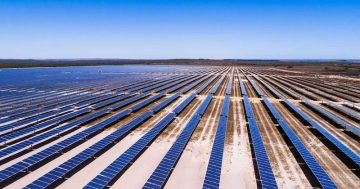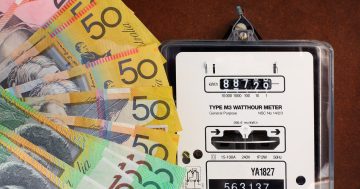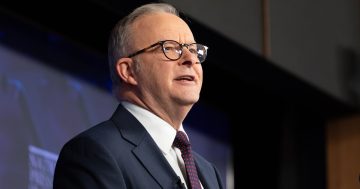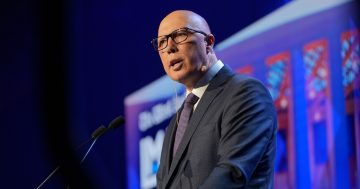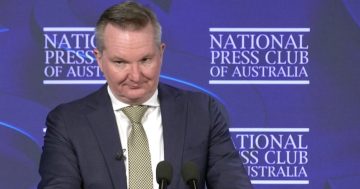
The National Energy Performance Strategy aims to help more households and businesses upgrade to better-performing energy that will save money. Photo: Giorgio Trovato.
Finding ways to improve energy performance and save on power bills is the focus of a newly unveiled nationwide strategy.
The National Energy Performance Strategy aims to drive a high-energy performance economy while also helping consumers take control of their energy use and cut their bills.
The Federal Government released the plan, saying it includes greater access to tools that deliver transparency about the performance of homes, workplaces and appliances.
The goal is also to initiate reforms that will reduce barriers to upgrades to better-performing energy supplies.
Climate Change and Energy Minister Chris Bowen said the strategy builds on work already being done to tackle energy costs and adds to the government’s investment in new home energy ratings tools, lifting minimum standards for new builds and investing in social housing upgrades.
“Energy performance is about energy savings and bill savings,” Mr Bowen said.
“We want more Australians to have the choice to save on energy and save on bills, and this strategy, along with our large investments’ energy-saving upgrades for households and businesses across the country, does just that.
“Australia has a clear-cut plan to drive action on the demand-side of the energy market to support the economy-wide energy transformation and help put downward pressure on energy bills.”
For some time, grants have been available for small businesses and local governments to upgrade to better energy options, and low-cost loans have been available for households to do the same.
The strategy outlines action across five key focus areas: economy; households; communities, businesses and industry; energy systems; and technology and innovation.
It is focused on empowering Australians to improve energy performance and ensure more consumers can access energy-saving upgrades.
Highlights from the strategy show previous successes and project future savings if its new measures are adopted.
Between 2011 and 2022, minimum standards and transparency on energy efficiency saved Australians between $12 billion and $18 billion in energy costs.
Flexible demand, including both large-scale demand and controllable EV charging and batteries, will generate up to $18 billion in cost savings for consumers through lower capital and wholesale prices in the National Electricity Market by 2040.
It also states that about 20 per cent of global emissions reduction by 2030 will be achieved by electrification.
Assistant Energy Minister Jenny McAllister said when consumers choose to make energy performance upgrades, they save energy and save on bills.
She added that Improving energy performance will make businesses more competitive and homes more comfortable and affordable, all while lowering emissions.
“This strategy is about helping Australian consumers take control of how and when they use energy,” Senator McAllister said.
“It is about making every watt count to help consumers reduce bills and reach net zero.
“Whether through improved energy efficiency, demand flexibility, or electrification, this strategy helps households and businesses deliver the cheapest, cleanest and healthiest outcomes from their energy.
“Households are partners in our renewable energy transformation. We want solar on rooftops and batteries in garages to work hand in hand with the rest of the energy market.”
The strategy maps out ways to upgrade energy-efficient appliances, homes and buildings.
It shows how to maximise off-peak times, reduce energy costs, and harness renewable energy technologies like solar, batteries or electric vehicles.
Action on the demand side of the energy system delivers cost savings to consumers. It reduces emissions while offering businesses and families more control over how and when they use energy.
The government will also use the strategy to collate and publish more data to better track energy performance across the economy.
It will show how to better integrate demand-side opportunities into system planning and establish an advisory group to coordinate collaboration between businesses and governments.
The strategy drew on 135 submissions from businesses, industry, consumer groups and experts, roundtables, and consultation with state and territory governments.
Prime Minister Anthony Albanese recently addressed a business summit and hinted that the May federal budget would include more energy bill relief.
“Helping Australian families and small family businesses with their energy bills was a key priority in last year’s budget,” Mr Albanese said.
“It helped people under pressure – and it helped fight inflation. As we put together next month’s Budget, small businesses and families will again be front and centre in our thinking.”
Opposition Leader Peter Dutton is heavily pushing for the inclusion of nuclear energy as a way to save money and produce cleaner energy.
Original Article published by Chris Johnson on Riotact.







